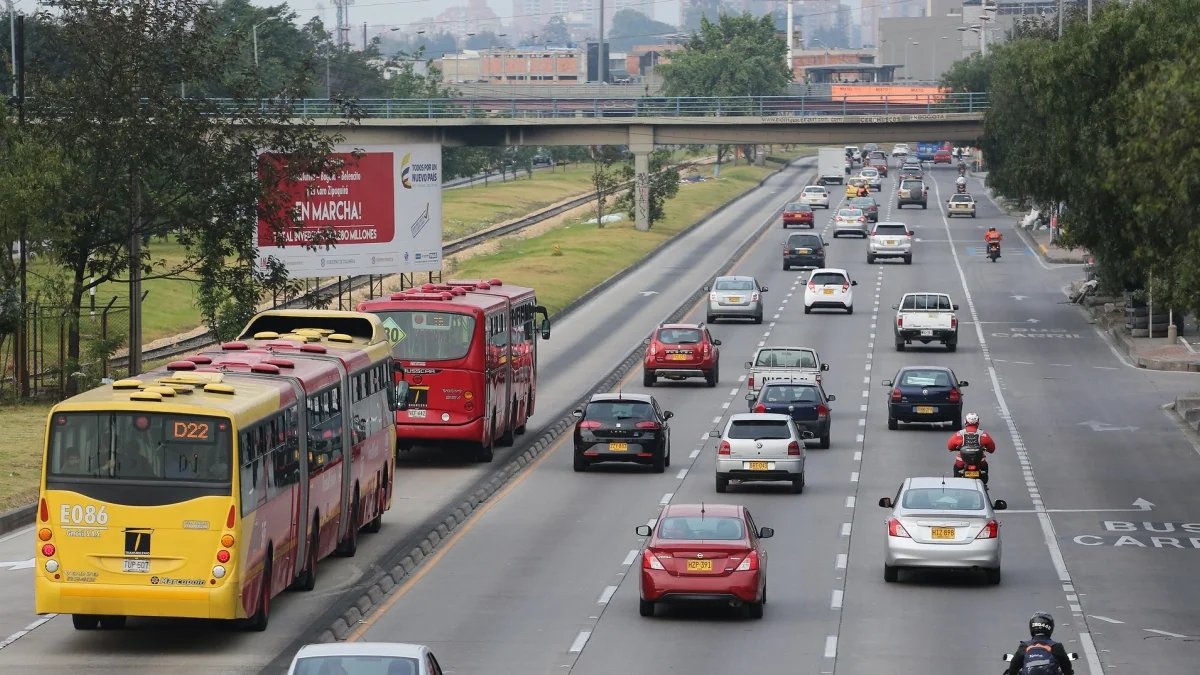The differences between urban and suburban living experiences are stark. From housing types to transportation options, city and suburban lifestyles can feel like separate worlds. Understanding these contrasts is key to finding the environment best suited to your lifestyle preferences and needs.
Housing Types and Sizes
One of the biggest contrasts between cities and suburbs is housing inventory and sizes. Urban areas offer more diverse housing types packed into compact footprints. You’ll find everything from high-rise apartment towers to row houses and duplexes. Housing sizes max out at around 3,000 square feet. Land is at too much of a premium in cities for sprawling single-family homes.
Suburban neighborhoods favor spacious single-family detached houses, ranging from starter homes up to grand luxury estate homes. Large yards allow homes to sprawl horizontally. The affordable land makes large lots and houses over 5,000 square feet commonplace. The people at Jamestown Estate Homes explain that cities house people in vertical density while suburbs let them spread out.
Yards and Shared Green Spaces

Housing in cities rarely have private yards, unless you can afford a townhouse or live in lower-density neighborhoods. Instead, cities rely on public parks and playgrounds to provide outdoor recreational spaces. However, access to these shared green spaces can be limited based on where you live. Space for planting gardens or enjoying the outdoors at home is restricted.
Suburban life grants you dominion over your own private slice of nature. Sprawling yards allow gardening, playing outdoors, and custom landscaping galore. You can retreat into your own little world.
Dining and Entertainment Choices
One major advantage cities offer is walkable access to abundant dining, nightlife, and cultural institutions. The critical mass of people fuels a cornucopia of entertainment options spanning all ethnicities and interests. Art galleries, live music, theater, museums, bookstores, and more are never far away.
Suburban dining and nightlife clusters around scattered malls and town centers. Offerings are more limited and usually require driving from neighborhood to neighborhood. While suburbs host their share of chain restaurants, one-of-a-kind independent eateries and clubs are rare. Residents seeking more eclectic and cosmopolitan experiences often journey into the central city.
Public Transportation vs. Cars

Extensive public transportation gives urban dwellers mobility and freedom without car dependence. Subways, light rail, buses, and streetcars reach every corner of the city. Many urbanites can forego car ownership by relying on this transit network and walking or biking locally.
Suburban living requires owning at least one car per household, with two or three cars being common. Public transportation is either nonexistent or inadequate for making do without a car. Lengthy drives are part and parcel of suburban life for commuting, shopping, shuttling kids around, and any excursion.
Cost of Living
The premium on urban space carries over into housing costs, which are markedly higher in cities compared to suburbs with otherwise comparable homes. Everything from rent to real estate taxes will burn through more of your paycheck. You sacrifice space for location.
More affordable suburban housing lets you stretch your budget. Lower taxes and insurance rates along with eliminating urban parking woes keep costs down. But you pay the price through higher transportation costs from commuting farther and driving constantly.

Conclusion
This tale of two cities makes clear that urban and suburban living differ in nearly every measure. From concrete jungle to pastoral tranquility, bustling sidewalks to cruising freeways, high-rise towers to rambling ranch houses, cities, and suburbs attract residents seeking opposing lifestyles. Choosing what environment best suits your priorities and aspirations determines if you’ll thrive as a city mouse or suburban homebody.
 Hi Boox Popular Magazine 2024
Hi Boox Popular Magazine 2024



